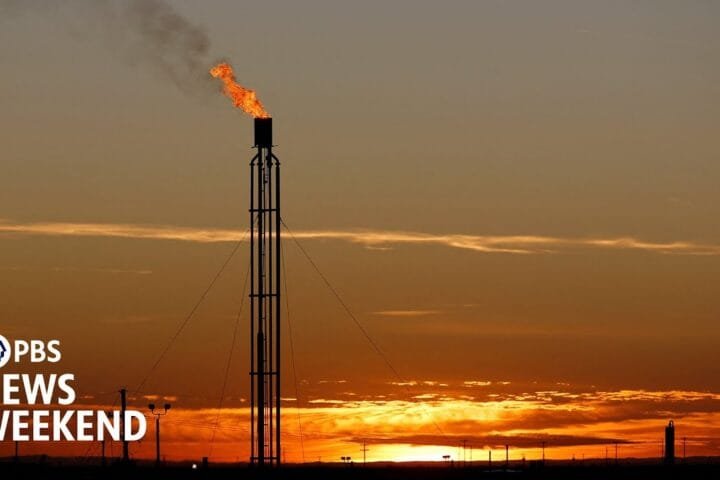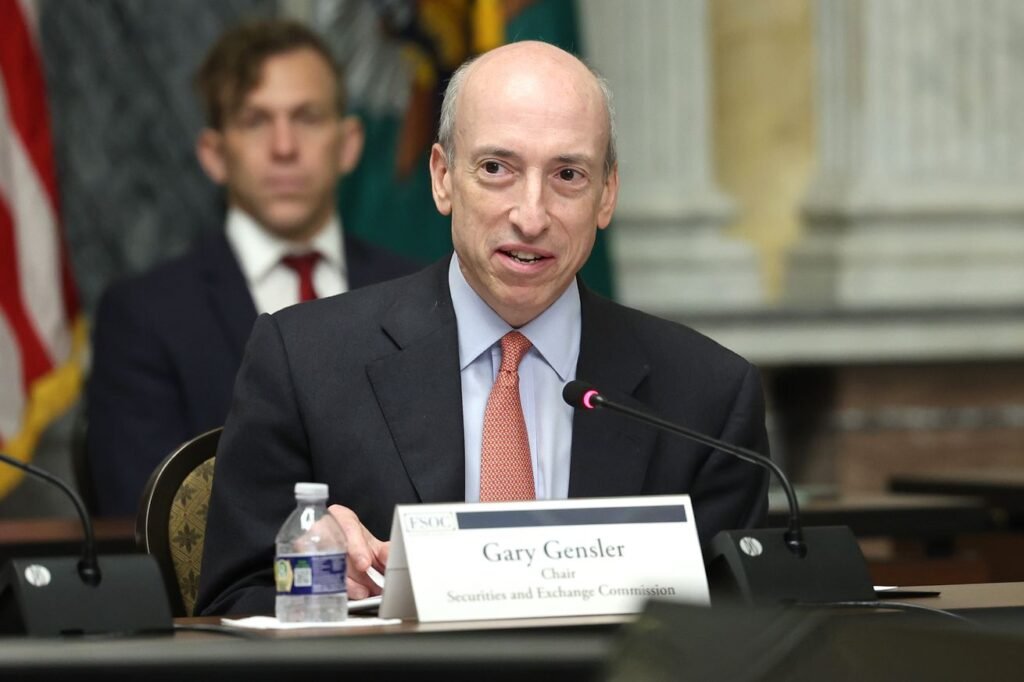Coastal cities often experience subsidence – the gradual sinking of land over time. One of the biggest drivers of this is the extraction of resources from the ground, such as water and fossil fuels, which causes the earth to compact.
Advertisement
To investigate how subsidence and rising sea levels will affect coastal communities, Leonard Ohenhen at Virginia Tech and his colleagues created a model based on land elevation changes and projected sea level rise to 2050 of 32 major shoreline cities, including Boston and San Francisco.
The researchers found that those on the Atlantic and Gulf of Mexico coasts, such as New Orleans, had lower elevations and greater rates of subsidence – sinking at least 2 millimetres more per year than cities in other regions, leading to a higher threat of future flooding. Urban areas on the Pacific coast are more shielded from sea level rise, owing to their higher elevation.
Read the full post at New Scientist.





